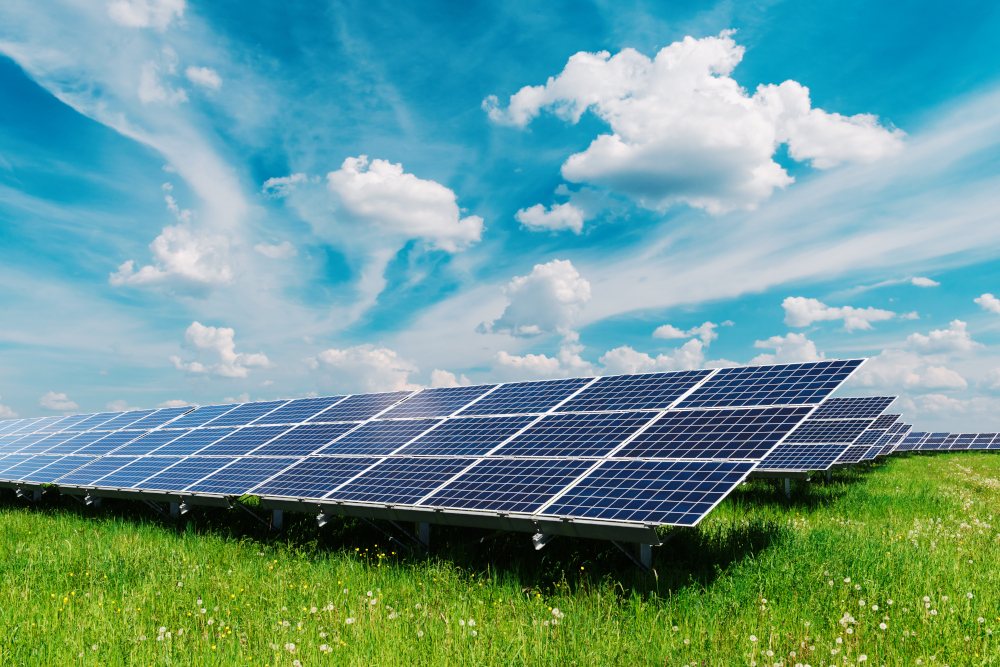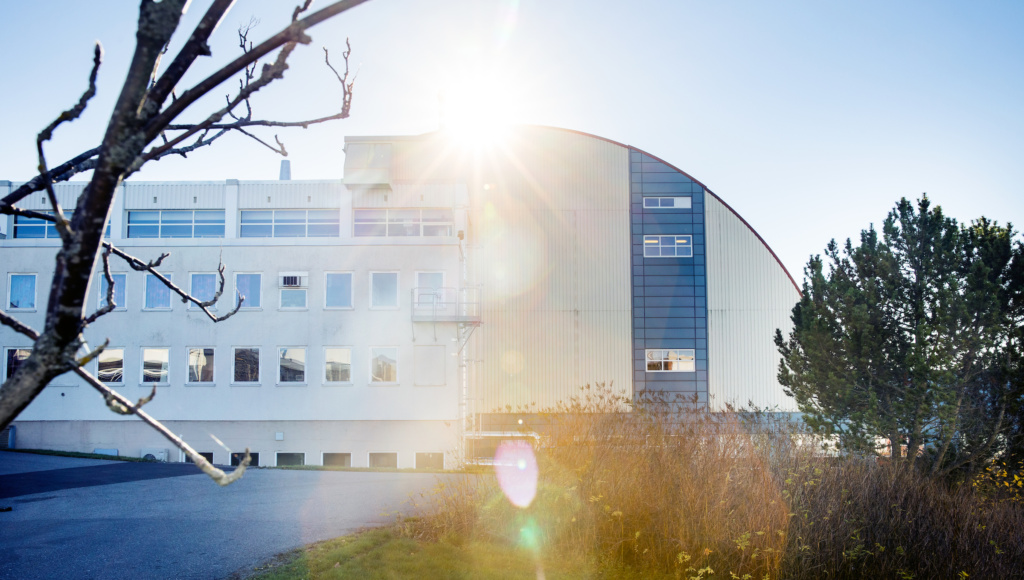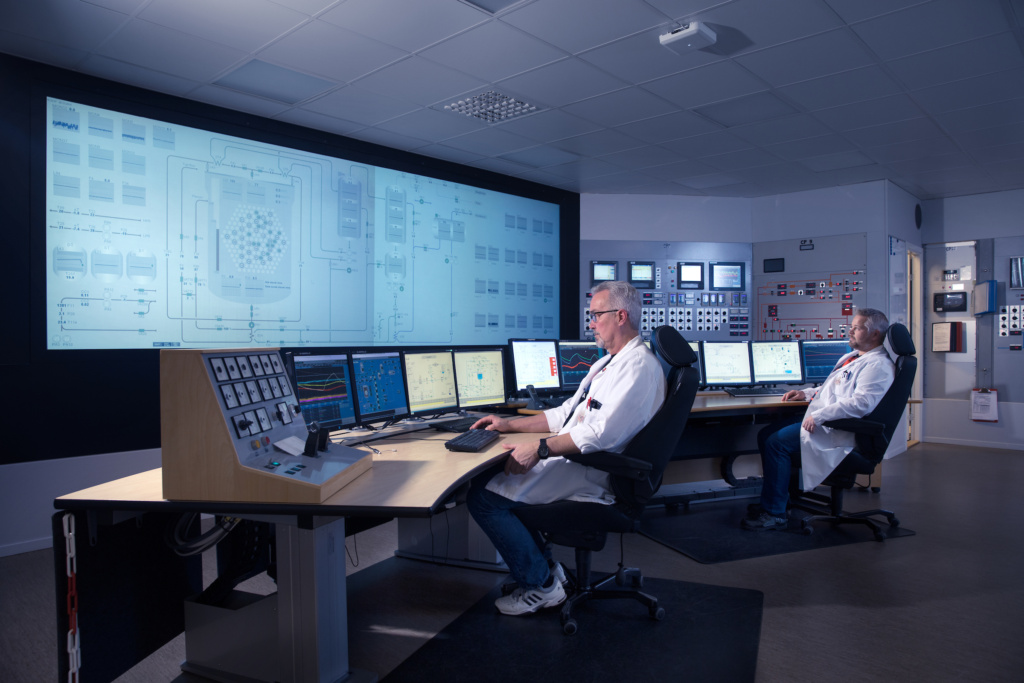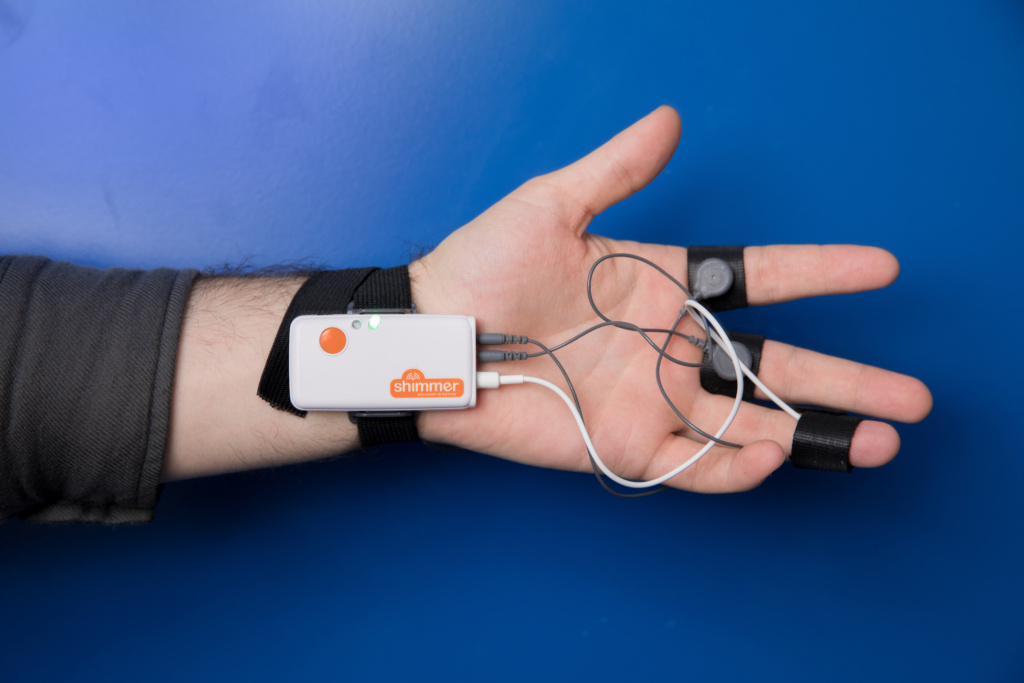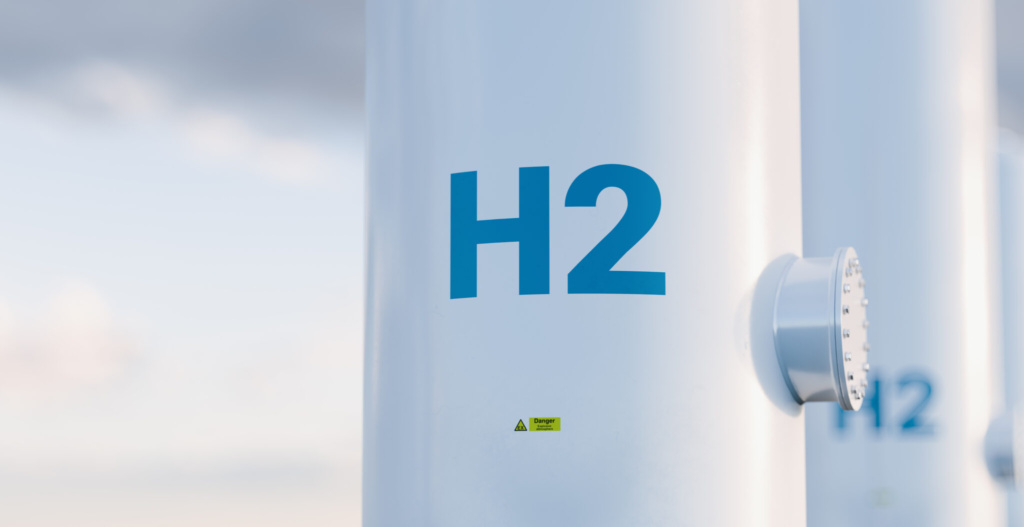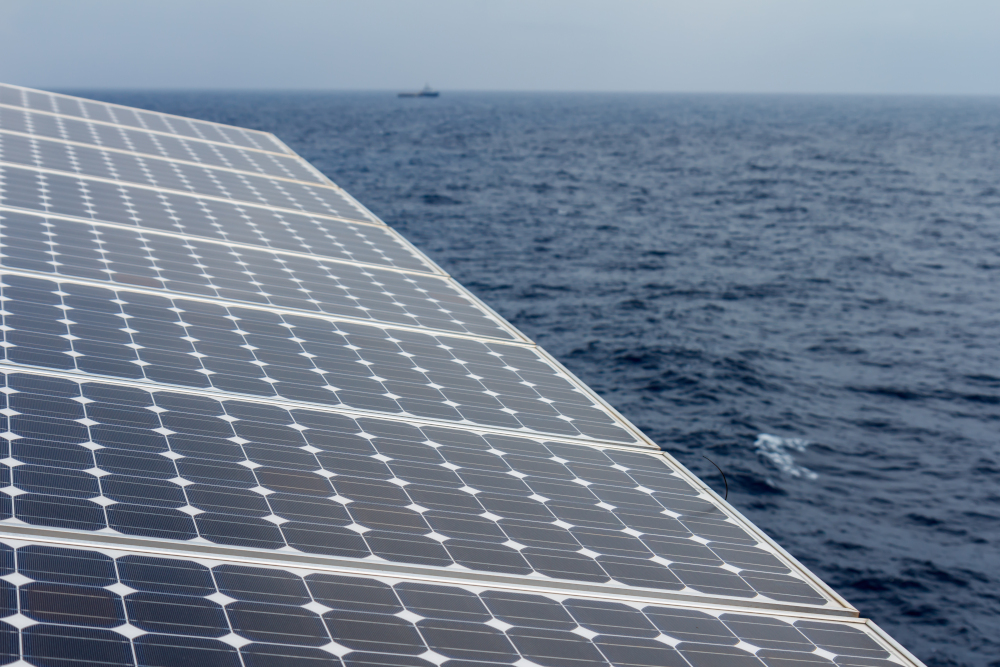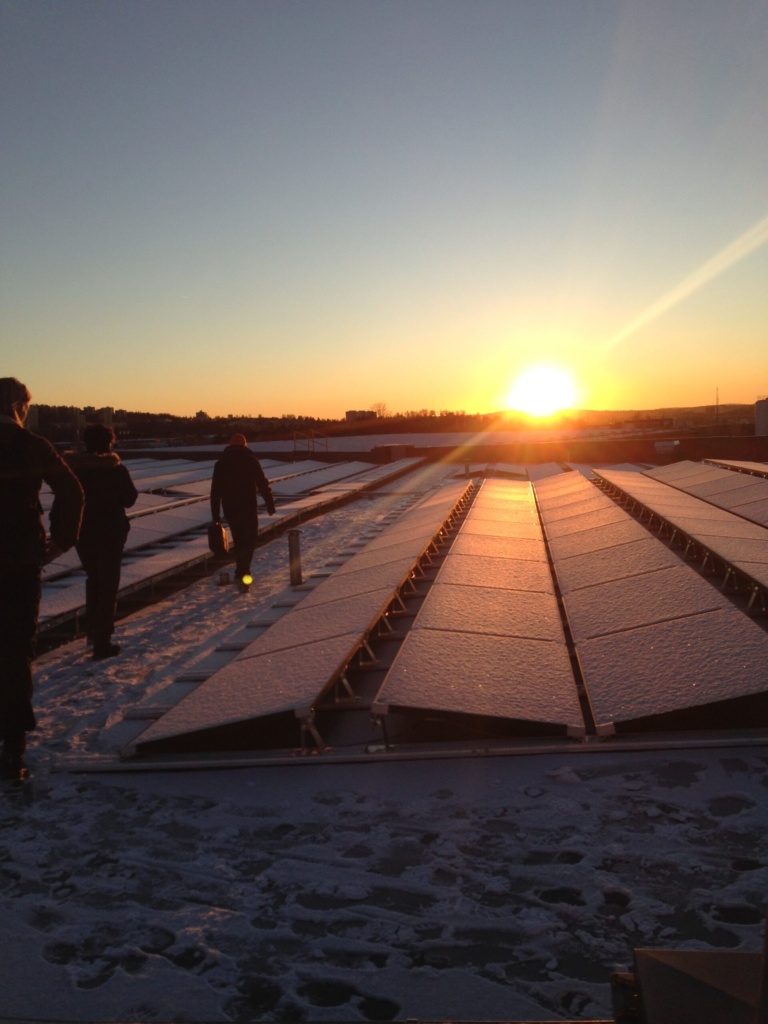Tracer Technology
The Tracer Technology department has been developing tracers and tracing methods for the energy industry for over four decades. The current tracer technology used globally was at some stage developed in our laboratories. Today we go beyond the traditional tracer technology. We are working with tracing in the broad context as a precise detection and monitoring tool for the environment and numerous industries. We employ analytical, environmental, nuclear and organic chemistry as tools in our R&D activities, and services.
Description and background
The Tracer technology department was established in the early 1980s with the goal of developing experimental and theoretical methods to trace and monitor fluid flow and mass transport in reservoir and process facilities.
We have been working tightly with the oil and gas industry (link old description of the department). The state-of-the-art tracer technology used today worldwide has been at its early stage developed in the Tracer Technology department, at IFE.
Quite early in our circle of research operations we begun working with radioactivity and radiotracers development. We were the first to perform a tracer injection in the Norwegian continental shelf (Ekofisk, 1986).
Research activity areas

The department has been developing chemical and radioactive tracers to monitor the flow and mass transfer in petroleum reservoirs for over 40 years. We employ organic synthesis to develop environmentally friendly tracers, bio-degradable tracers or tracers with extended longevity for long-term monitoring and quantifying applications.
Quickly it became clear that the very same tracers used in the oil and gas industry can be applicable to other industries and research fields. In the past 15 years we have been developing and testing tracers for geothermal reservoir monitoring and characterization.
The core of tracing lies in locating and identifying a very small concentration of a compound located somewhere within a significantly larger volume. This volume can be fluid or solid. It requires the use of high-sensitivity, high-resolution analytical techniques to trace and quantify compounds in the air, water and soil. This has allowed us to boldly involve in pollution monitoring, and the monitoring and transformation of environmental contaminants, toxins, microplastics, or radionuclides in the environment.
For the latter we employ process analytical chemistry as a tool to follow and interpret degradation or transformation processes that occur in industrial or near industrial environments. Our approach is holistic employing a set of advanced analytical techniques to identify each individual contaminant and follow its course as it transforms in the near industrial-environment or later in nature.
We are an experimental department running and maintaining state-of-the-art equipment. We develop and tailor analytical methods according to each project and each commercial analytical service (link to our services).
Our competence within radioactivity focuses on nuclear chemistry and applied nuclear technology. We are proudly member of the Norwegian Nuclear Research Center (NNRC) where we lead the thematic area 4: Radionuclide Production and Speciation (link to NNRC). This is the largest national initiative within nuclear chemistry and nuclear physics, established in 2023.
In addition, we are hosting a national infrastructure laboratory for development of small, reactor-free, neutron generators (link). The laboratory will be physically located in two locations: at the University of Oslo, that will be responsible for the training, and at IFE’s new laboratory building in Kjeller, where the large neutron flux generators will operate.
Our involvement with different topics, industries and research areas permits us to think in a circularity framework, keeping in mind that the waste from one industry can become the necessary raw resource for another one. We develop tailor-made methods for water treatment and work with techniques for handling and reusing waste and industrial waste. We incorporate circular processes into our technology development for optimized resource utilization and improved market value.
In the last years we are working with green mineral technology, developing sustainable solutions for our partners and customers on national and internal level, contributing to a large part of the critical raw materials value chain.
Laboratories
Selected national projects
EarthresQ: Center for the Sustainable Use of Excess Mass and Waste in the Circular Economy (earthresQue | NMBU)
NCS2030: National Centre for Sustainable Subsurface Utilization of The Norwegian Continental Shelf (https://www.uis.no/en/research/ncs2030-centre-for-sustainable-utilization-of-energy-resources-on-the-norwegian-shelf-1)
SWIPA: Centre for Subsurface Well Integrity Plugging and Abandonment (https://swipa.no)
NNRC: Norwegian Nuclear Research Centre (Norsk Nukleært Forskningssenter – NNRC)
REEsilience: The project, led by Rare Earth Norway AS, focuses on sustainable and circular processes for extracting rare earth elements (REE) from the Fen field in Telemark.
Neutron Generators National Infrastructure Laboratory: Competence Hub for Neutron Technology A compact neutron generators facility for research, education and industrial applications (HUNT)
Selected european projects
REEsource: In this EU project, innovative methods for underground mining are being developed, including digital ventilation, environmentally friendly mineral processing, and safe handling of mining waste. The project creates a sustainable value chain for rare earth elements, reduces environmental impacts, and strengthens Europe’s self-sufficiency in critical materials for the green transition. (https://www.reesource.eu/)
In2aquas: Human footprint on water from remote cold areas to the tropical belt. INtegrated Approach TO secure water QUAlity by exploiting Sustainable processes. (Home – in2aquas)
ELECTTRA: The main aim of the project is the R&D of novel radiopharmaceuticals based on terbium-161 and novel vectors for targeted therapy of tumors. This will allow targeting of single cancer cells, micrometastases and whole tumors, particularly in early stages of diseases to increase the treatment efficiency. (About The Project – ELECTTRA)
Selected publications
Silva, M., Brandvoll, Ø., Hubred, P.A., Viig, S.O.: «Tracer-based monitoring of P&A in offshore fields”, SPE-214446-MS, proceedings of SPE EuropEC – Europe Energy Conference featured at the 84th EAGE Annual Conference & Exhibition held in Vienna, Austria, 5 – 8 June 2023.
Farhana Huq, Sissel Opsahl Viig, Øyvind Brandvoll, Ingar Johansen, Iris Medeiros Junior, Marco Antônio Gomes Teixeira: “Development of a passive sampling technique for offshore CO2 monitoring: Preliminary results from laboratory experiments”, Journal of Petroleum Science and Engineering 194 (2020) 107544.
Niroshan Gajendra, Duygu Yilmaz, Maria Cristina Vila, Maria de Lurdes Dinis, Erika Andrea Levei, Anamaria Iulia Török, Deniz Avsar, Anastasios Kladis, Athina Preveniou, Anne Merrild Hansen, Sara Bjørn Aaen, Laura Ferrando-Climent. Towards a European sustainable beneficiation of rare earth elements bearing minerals: a review. Submitted for publication to Science of the Total Environment, January 2025.
Eva Ramirez-Llodra, Hilde Cecilie Trannum, Guri S. Andersen, Nicole J. Baeten, Steven J. Brooks, Carlos Escudero-Oñate, Hege Gundersen, Rolf Arne Kleiv, Olga Ibragimova, Aivo Lepland, Raymond Nepstad, Roar Sandøy, Morten Thorne Schaanning, Tracy Shimmield, Evgeniy Yakushev, Laura Ferrando-Climent, Per Helge Høgaas, New insights into submarine tailing disposal for a reduced environmental footprint: Lessons learnt from Norwegian fjords, Marine Pollution Bulletin, Volume 174, 2022, 113150, ISSN 0025-326X, https://doi.org/10.1016/j.marpolbul.2021.113150.
Plöhn, M., Spain, O., Sirin, S., Silva, M., Escudero-Oñate, C., Ferrando-Climent, L. et al. (2021) Wastewater treatment by microalgae. Physiologia Plantarum, 173(2), 568–578. Available from: https://doi.org/10.1111/ppl.13427.
Our people
Georgios Kalantzopoulos – IFE, Department Head
Deniz Avsar – IFE, Researcher
Øyvind Brandvoll – IFE, Research Engineer
Laura Ferrando-Climent – IFE, Senior Researcher
Niroshan Gajendra – IFE, Researcher
Per Arne Hubred – IFE, Engineer
Alexander Krivokapic – IFE, Senior Researcher
Jiri Muller, Consultant
Sissel Opsahl Viig – IFE, Senior Researcher
Liv Stavsetra, Senior Researcher
Vian Yasin – IFE, Principal Engineer
Sara Abdelli, PhD student
Hannah Lovise Okstad Ekeberg, PhD student
Services
Radioactive Industrial Control Sources
Organic Chemical Analyses – IFE
High-pressure, high-temperature Studies – IFE
Radioactivity Analyses


